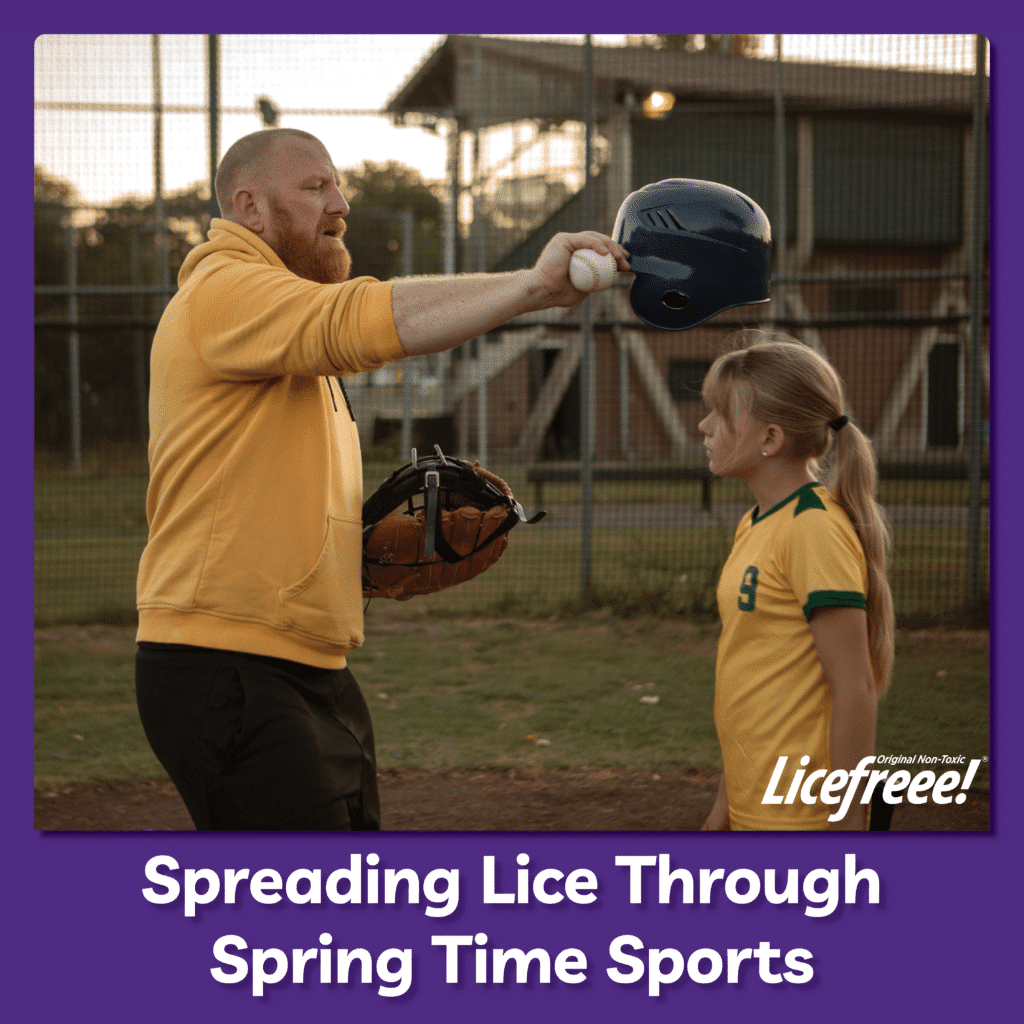
Nothing says spring like outdoor sports and activities! Finally, you can head outside and enjoy some crisp, comfortable weather. Not to spoil all the fun, but while springtime sports are a great way to stay active and healthy, they can also provide a prime opportunity for lice to spread. Lice are tiny, parasitic insects that live on the scalp and feed on human blood. They are a common problem, particularly among children who play sports and share equipment.
Understanding what lice are and how they spread is essential for preventing an infestation. Lice are tiny insects that are roughly the size of a sesame seed. They attach themselves to the hair follicles and feed on human blood from the scalp. They are easily spread from person to person through close contacts, such as sharing hats, helmets, combs, brushes, or clothing.
Regarding springtime sports, helmets, uniforms, and other equipment are particularly likely to spread lice. For example, if a child borrows a helmet from a teammate with lice, the lice can quickly transfer from the helmet to the child’s head. The same goes for sharing uniforms or other equipment that comes into close contact with the scalp.
It is important to note that lice cannot jump or fly, so they do not spread through the air. They can only crawl from one head to another through direct contact. This means that even if a child is not wearing a helmet or sharing equipment, they can still become infested with lice if they come into close contact with someone with lice.
To prevent the spread of lice during springtime sports, it is essential to clean equipment and take other precautions. For example, helmets should be wiped down with a disinfectant before and after each use. Uniforms and other clothing should be washed in hot water and dried on high heat to kill any lice or eggs that may be present.
It is also crucial for children to avoid sharing personal items such as combs, brushes, and hair accessories. If a child does develop lice, they should be treated immediately with an over-the-counter lice treatment.
While lice typically live on the scalp, they can survive off the head briefly. Lice can survive up to 36 hours without a host, so they can stay on shared equipment or other surfaces. However, lice are not well adapted to survive off the scalp and will eventually die if they cannot feed on human blood.
Some telltale signs of lice are itching, scratching, redness, and agitation. If your child is itching or scratching, it may be time to conduct an at-home lice inspection. Have your child sit down and separate the hair into sections using a lice and nit comb. Starting at the scalp, comb through the sections of hair slowly and inspect for tiny nits or moving insects around the size of a sesame seed. Use a magnifying glass to help you see better.
If you do find lice, it’s important to take action immediately. Begin by treating your child with Licefreee Spray. Simply saturate the hair with the solution and let it air dry. Once completed, you should launder any clothing or linens that have come into contact with your child on a hot cycle to kill any rogue lice.
Treat your home and any other sports equipment with Licefreee! Home. Lice can live and spread on furniture, equipment, and clothing. Spray the items with the solution until visibly wet, then let dry.
Treat your child’s hair with Licefreee Everyday Shampoo for the next two weeks to prevent any future re-infestations. Use the shampoo like regular shampoo and conduct regular scalp inspections. As a precautionary measure, clean all sports equipment on a routine basis.